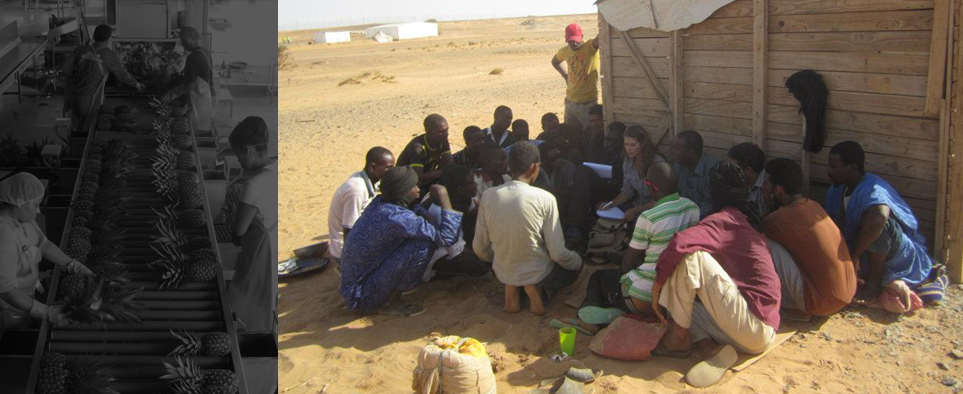In April 2012 NomoGaia presented at the World Bank’s annual Land and Poverty Conference, a week-long exploration of issues related to large-scale land acquisition. NomoGaia participated in a panel on how such investments can be regulated and monitored.
Introduction:
By now we are familiar with the challenge: investors are traversing the globe to acquire and develop tracts of land. Some of these investments are creating jobs, increasing environmental stewardship and improving lives. Some are resulting in forced evictions, violence, and negative impacts on the rights to health, education, livelihood, political participation and other human rights. These negative outcomes are, I would venture, never deliberate. Impacts occur not because companies are ill-intentioned, but because so few senior management teams understand the communities that inhabit the land they purchase.
To address the negative impacts, policy-makers have proposed that companies, essentially, “be better.” Codes of Conduct, Core Principles, Legal Frameworks — these are valuable recommendations and laudable goals. But principles-based solutions don’t account for the complex overall package land acquisitions are part of, and they also don’t give companies concrete guidance. A consortium of leading land experts has proposed that each project should be assessed individually. The FAO Voluntary Guidelines reiterated this, calling on business enterprises to “identify and assess any actual or potential impacts on human rights and legitimate tenure rights in which they may be involved.”
How does a company “identify actual or potential impacts on human rights”? Nomogaia built a methodology for project-specific human rights impact assessment. Our methodology has been and is being tested on large-scale land acquisitions in the oil, mining, agriculture, hydroelectric and
manufacturing sectors around the world. The methodology uses “rights topics” to draw out key
information about project, context and company, and organizes the topics into catalogs of information where they are linked with the human rights and rightsholders most likely to be impacted. Nearly 300 rights topics are examined, including over 60 that are directly related to land issues.
Regardless of the perceived simplicity of the context or project, all 290 rights topics are examined. Because rightsholders perceive land as integral to life and dignity, land cannot be comprehensively analyzed independent of human rights issues associated with a project.
I want to demonstrate the integration of land in human rights issues through two specific case studies, which present dissimilar projects and contexts but both involved well-intentioned, CSR-savvy companies. The first is a tree farm in southern Tanzania, and the second is a national-level oil development program in western Uganda. The methodology and case studies summarized in this presentation are available in full online…
Download the full presentation at the top of the page


